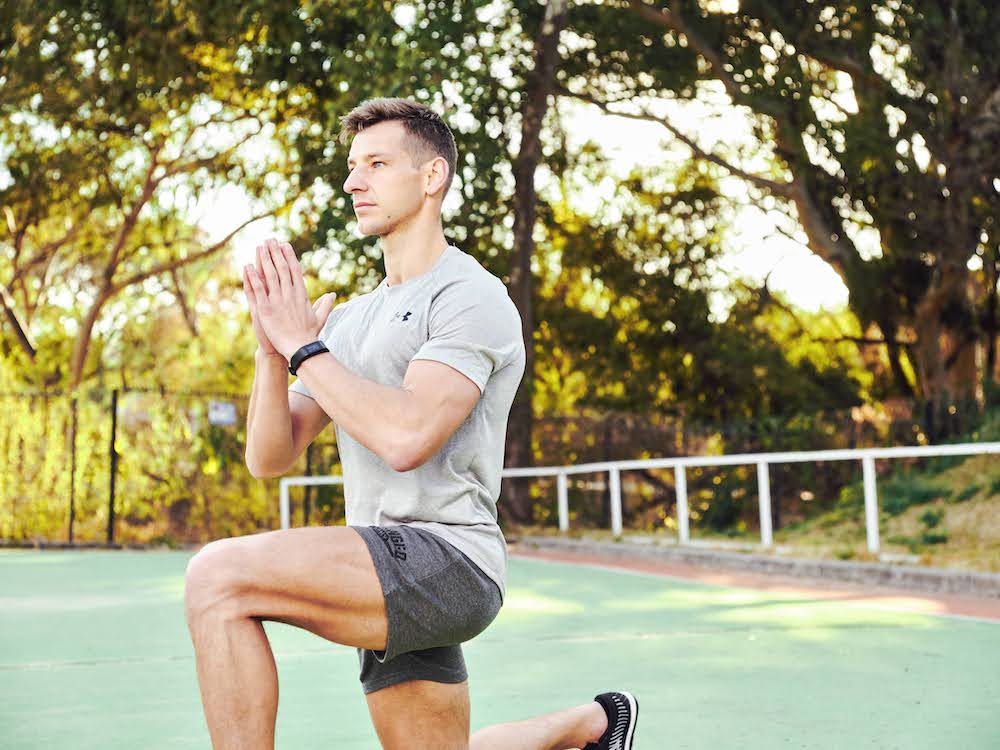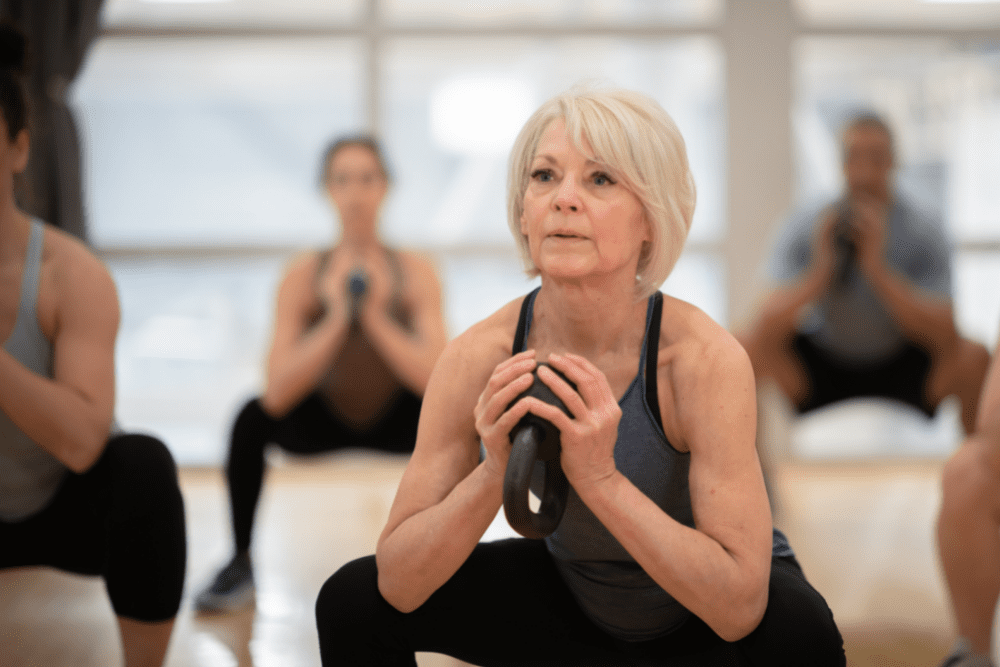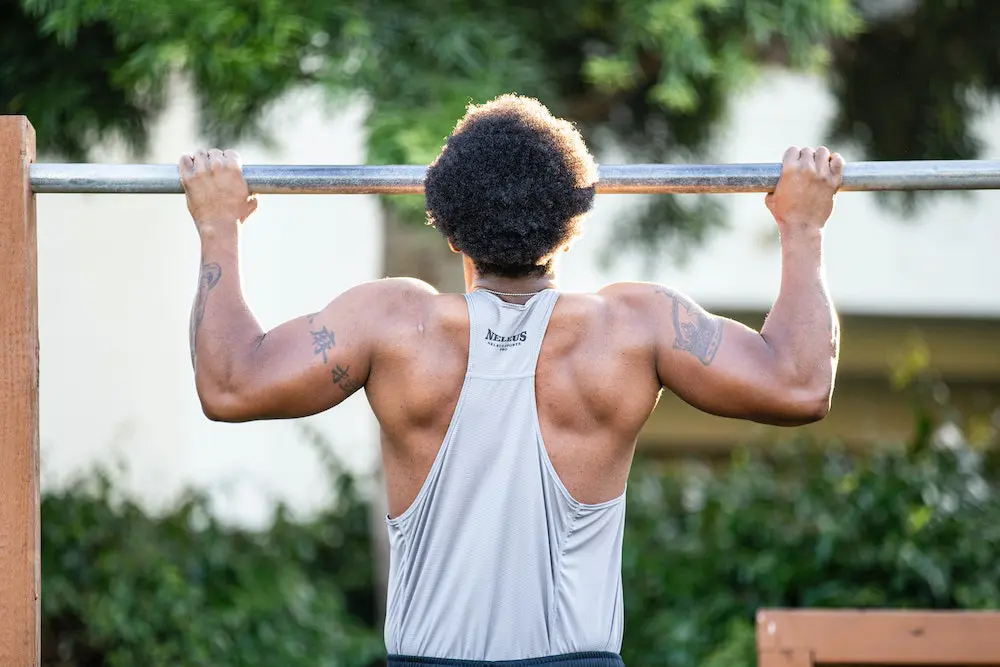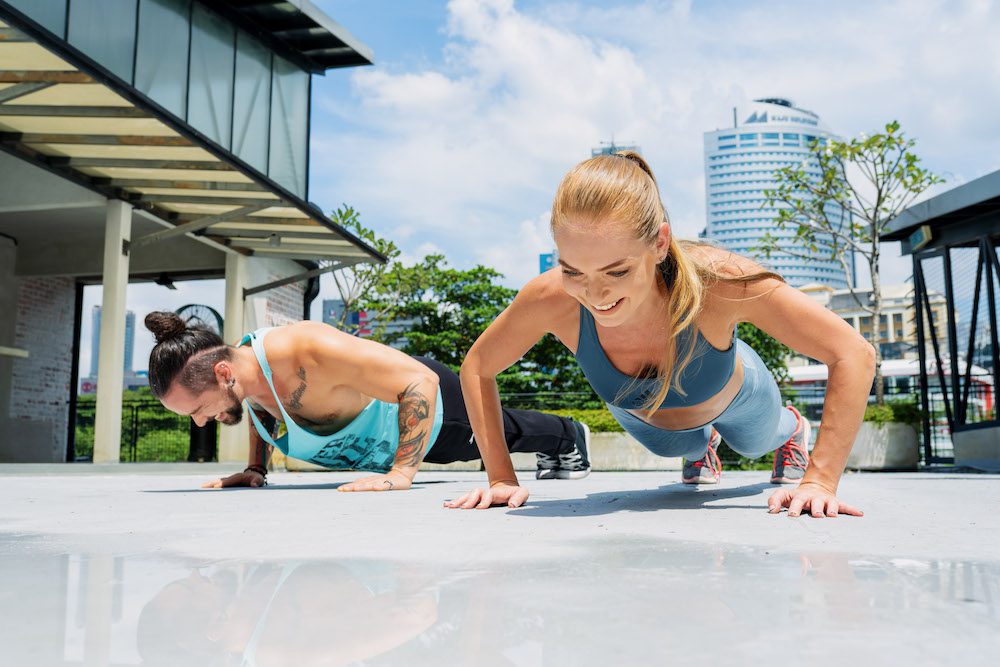Health is wealth, as the saying goes. However, finding the time and motivation to “hustle for that muscle” can be a challenge, especially if you’re in your golden years. What once came easily — such as improving muscular endurance and decreasing body fat — now takes a whole lot longer because of the natural effects of aging.
That can be a bummer. But one of the best things you can do to keep your body in tip-top shape (especially as you age) is to work on your muscular endurance.
Here’s a list of things you should know to start building it:
Let’s dive into common exercises you can do in the most effective way.
What Is Muscular Endurance?
Muscular endurance is no lone ranger — it works hand-in-hand with muscular strength. Together, they enable your body to move, lift things, and do your day-to-day activities.
While muscular strength is about how much force you can exert or how much weight you can lift, muscular endurance is how many times you can move that weight without getting fatigued.
And you use muscular endurance more often than you may realize. For example, holding a door open, lifting the laundry basket, and carrying more than one grocery bag at a time from your car to the kitchen. Now imagine if you weren’t able to do that for long periods of time.
That’s why it’s incredibly important. Here are a few reasons to keep your muscular strength and endurance at topnotch:
- Reduce the risk of injury
- Healthier, stronger muscles and bones
- Increase your physical strength
- Improve confidence and give you a sense of accomplishment
- Allow you to try new and different activities
There are several exercises you can do to improve your muscular endurance. Three common ones you’ve probably have heard of, including squats, pull-ups, and push-ups.
But the question is how do these exercises improve muscular endurance? Let’s take a closer look at each one.

#1: Squats
If there’s one exercise movement that has the ability to really help with your muscular endurance, especially muscles in your lower body, it’s the squat. And you’re looking to work on that behind, this movement is your best friend.
A 2006 study done by the American Council of Exercise shows squats as one exercise to effectively target the glutes (your butt muscles). The researchers found that deeper squats boosted EMG activity and the strengthening results.
How to do one rep
- Stand upright with your feet slightly wider than shoulder-width apart. Your toes should be pointed straight ahead.
- Breathing in, drop your butt down until your legs form a 90-degree angle (like a sitting position).
- And as you breathe out, push yourself back upright while squeezing your glutes (your butt muscles) and keeping your back straight.
Types of squats you can do
- Wall-ball squat
- Dumbbell wall squat
- Leg press (if you’re at the gym)
Squats work on these muscles
- Quadriceps (the group of muscles that’s commonly referred to as the front of our thighs)
- Glutes

#2: Pull-Ups
While squats work on the lower body, pull-ups work on the upper body. And if you’ve ever attempted one (outside of high school gym class), you understand the demands it puts on your back, shoulder, and arm muscles.
A research article published in the Journal of Physical Fitness, Medicine & Treatment in Sports compared muscle activation of four core muscles — latissimus dorsi, trapezius, biceps brachii, and rectus abdominis — during a traditional bodyweight pull-up and three alternative pulling exercises. It found that all pulling exercises had “high activation levels of core musculature,” especially in the rectus abdominis.
How to do one rep
- Place your hands on the bar slightly wider than shoulder-width apart. Your palms should be facing forward.
- Get in starting position: arms extended above you, stick your chest out, and curve your back slightly.
- Breathe in.
- While breathing out, pull yourself up towards the bar using your back until your chest is at the same level as the bar.
- Slowly lower yourself to the starting position as you breathe in.
Types of pulls you can do
- Bodyweight pull up
- Banded pull up
- Machine lat pulldown (if you’re at the gym)
Pulls work on these muscles
- Back
- Biceps
- Back of your shoulders

#3: Push-Ups
Modern fitness routines can get complicated with all the equipment it requires, but push-ups are timeless — they are as simple and straightforward as you can get. But don’t deny its ability to give you one heck of a workout.
In a study published in Sports Medicine International Open, researchers compared muscle activation of eight upper-body muscles during a push-up and a typical bench press. They found “no differences in kinematics and muscle activation between the two exercises and that the different loads had the same effect upon both push-up and bench press.”
So if you opt for a home workout instead of heading to the gym, just get down and do some push-ups.
How to do one rep
- Get down on all fours. Place your hands slightly wider than shoulder-width apart and your feet should be waist-width apart.
- Get in starting position: straighten your arms and legs.
- Breathing in, slowly lower your body until your chest almost touches the floor.
- And breathe out while you slowly push yourself back up.
Types of pushes you can do
- Full push up
- Knee push up
- Machine chest press (if you’re at the gym)
Pushes work on these muscles
- Chest
- Shoulders
- Triceps

Put the ‘Umph’ in Triumph
Improving muscular endurance is quite simple — it’s essentially doing a movement repetitively with good form (and while paying attention to your breathing). You can do these exercises either in the gym or in the comforts of your own home.
Remember that everything starts with a first step and a little progress each day adds up to big results.
And if you’re able to sustain your stamina during your workouts or day-to-day tasks, that’s amazing — keep it up. But if you’d like to take that first step to improve it or find other ways to amp up your workouts, Ronan Diego de Oliveira, head of Health & Fitness at Mindvalley, shares how you can do so in Mindvalley’s 10x Quest. Welcome in.









